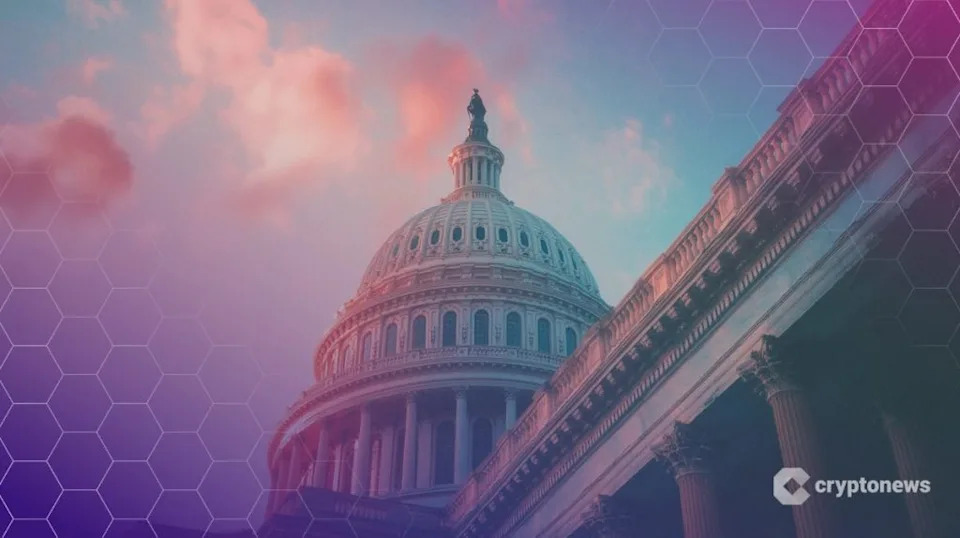
Trump: Fed's Powell 'should resign immediately'
Key Points
- Trump's Criticism and Call for Resignation: President Trump has intensified pressure on Federal Reserve Chairman Jerome Powell, publicly criticizing him for not lowering interest rates and demanding his immediate resignation via Truth Social, nicknaming him "Too Late."**
- Administration's Support for Investigation: Members of Trump's administration, including Treasury Secretary Scott Bessent and Federal Housing Finance Agency Director Bill Pulte, have echoed calls for Powell's resignation and urged Congress to investigate Powell for alleged political bias and misleading Senate testimony.**
- Potential Successors Identified: A short list of potential successors for Powell, whose term as chair ends in May, includes former Fed governor Kevin Warsh, Treasury Secretary Scott Bessent, and others, with discussions on appointing a new chair or filling board seats.**
- Powell's Stance on Term and Policy: Powell insists his removal before his term ends is not legally permitted and remains focused on achieving economic stability, while not ruling out future rate cuts despite concerns over inflation from Trump's tariffs.**
- Mixed Signals from Trump: Trump has sent conflicting messages about removing Powell, previously stating a desire for his termination but later denying any intention to fire him, while Powell continues to prioritize his duties amidst the criticism.**
Summary
President Trump has escalated his criticism of Federal Reserve Chairman Jerome Powell, demanding his immediate resignation in a Truth Social post and labeling him "Too Late" for not lowering interest rates. This week, Trump and his administration, including Treasury Secretary Scott Bessent and Federal Housing Finance Agency Director Bill Pulte, have intensified pressure on Powell, with calls for congressional investigations into his alleged political bias and misleading Senate testimony regarding Fed headquarters renovations. A short list of potential successors for Powell, whose term as chair ends in May, includes figures like Kevin Warsh and Bessent, with discussions on filling upcoming Fed board seats. Powell, however, maintains that his removal before term's end is illegal and remains committed to economic stability goals, despite concerns over inflation from Trump's tariffs impacting rate decisions. Trump has sent mixed signals about firing Powell, while the Fed chair focuses on his duties, leaving open the possibility of rate cuts depending on economic data. This ongoing conflict highlights tensions between the White House and the Federal Reserve over monetary policy and leadership.
yahoo
July 3, 2025
Stocks


